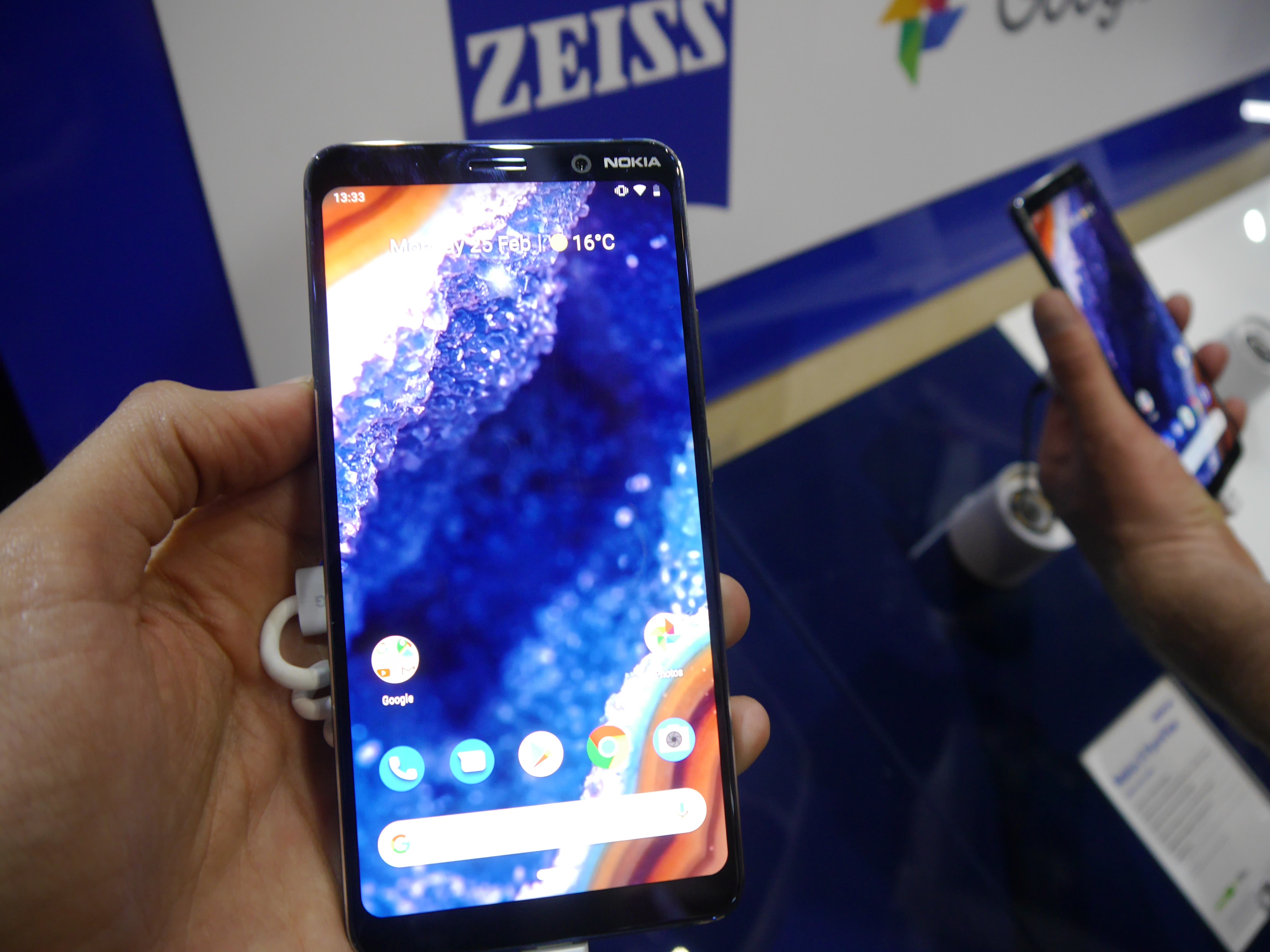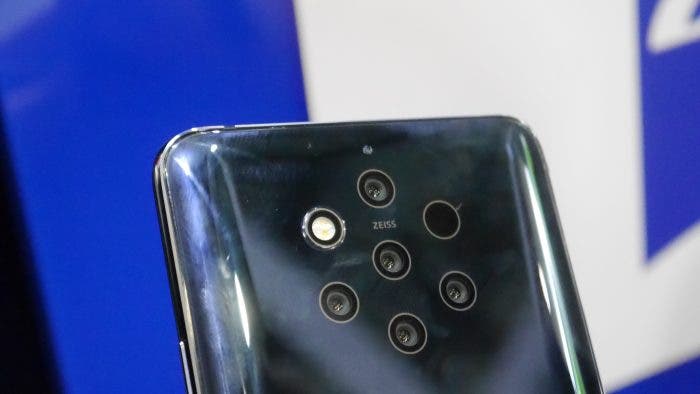At the just concluded MWC 2019 conference, Nokia finally launched the Nokia 9 PureView which is the first smartphone in the world to use five cameras at the rear. This smartphone was launched in Spain and since its release, the largest smartphone market in the world, China, has been craving for this device. Now, unconfirmed reports out of China suggests that the Nokia 9 PureView will arrive in China as early as next month. This smartphone could be one of the fastest selling flagships in China and the Chinese version could cost about 3599 yuan ($535).

The Nokia 9 PureView uses a 5.99-inch P-OLED full-screen display with a resolution of1440 × 2880 and a display ratio of 79.76%. It is powered by a Qualcomm Snapdragon 845 coupled with 6GB of RAM and 128GB of internal storage. Other features include an on-screen fingerprint sensor and an IP67 waterproof and dustproof support. The lights of this smartphone are kept on by a 3320 mAh battery, support 18W fast charge and Qi wireless charging.
Of course, the biggest highlight of this smartphone is its five rear ZEISS certified lenses. All lenses have a resolution of 12MP (f/1.8 aperture), and they are controlled by a dedicated ASIC chip, which can provide a secondary focus and an ultra-high dynamic range. Unlike many multi-camera phones on the market, the five camera sensors work together to capture light and collect depth data to create a powerful photo. Nokia promises 12.4 stops of dynamic range, which is quite impressive for a smartphone. In terms of graphics, the Nokia 9 PureView can capture images in RAW (DNG) format. So you can edit photos with the upgraded Nokia Pro Photo mode and Adobe Photoshop/Lightroom. The machine supports unique shooting modes such as local black and white, time-lapse photography, and more. When the user takes a picture, the five cameras will take different exposure photos at the same time, and then combine the co-processor (ASIC chip) and multi-frame synthesis algorithm to output higher quality photos.





